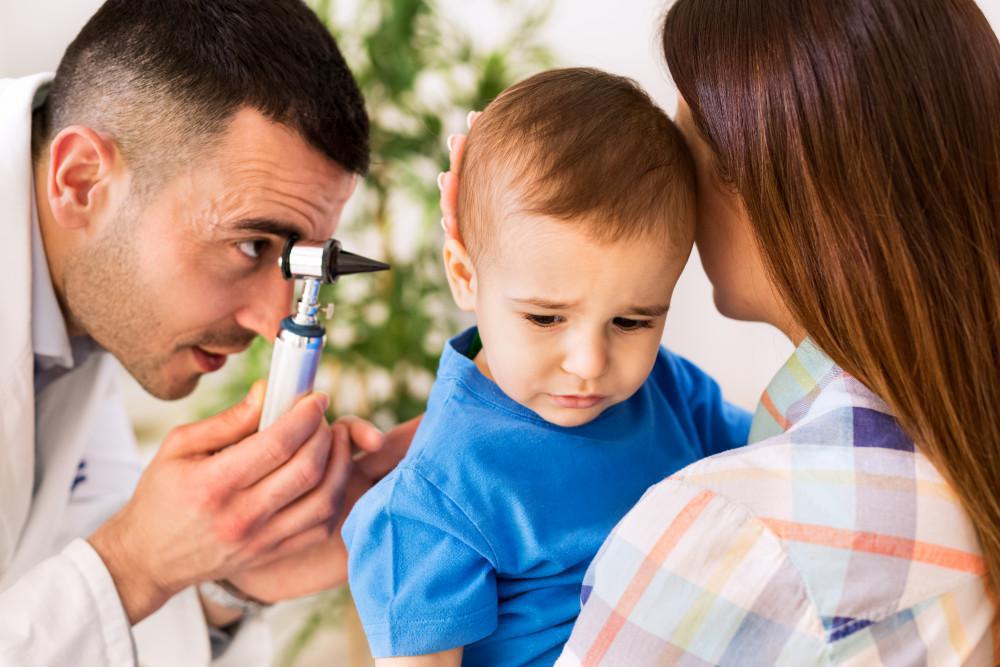
Middle ear infections are one of the most common reasons why parents take their children to the doctor. Half of all children experience an ear infection by the time they turn 2 years old.
While these infections are often tied to upper respiratory ailments such as a cold or the flu, particularly in adults, some children seem to develop earaches spontaneously and often.
If your child keeps getting ear infections, it’s something they outgrow. In the meantime, however, it’s important to treat every infection seriously, no matter how routine they become.
Partnering with the pediatric ENT specialists at Lakeshore Ear, Nose & Throat Center assures that your child receives the care they need to manage this period of their lives.
Reasons why children are prone to ear infections
The middle ear, the space behind the eardrum, is normally filled with air. A tube connects the middle ear with the upper throat. Called the eustachian tube, its job is to supply air to the middle ear to equalize pressure and to keep the area drained of accumulating fluid.
In an adult, the eustachian tube is assisted by gravity, since the outlet of the tube is lower than the level of the middle ear.
In your child’s growing body, however, the tube is closer to level, meaning the gravity assist is lower, making it more difficult for fluids to drain. The eustachian tube is also smaller in younger bodies, a factor that can further complicate effective drainage.
When the ear is unable to drain properly, a haven for bacteria forms, the most common reason behind ear infections. Since a child’s immune system is still developing, bacteria may get the upper hand often, resulting in frequent childhood ear infections.
Recognizing ear infections
Children as young as 3 months old can get ear infections, so their ability to communicate symptoms is limited by their young age. It’s easier once they can communicate that their ear hurts, but there are other signs that may help you recognize an ear infection.
Keep a watchful eye on their behavior if they’ve had a cold or the flu, or if they have seasonal allergies and it’s hay fever season. These conditions increase the risk of eustachian tube blockage. Common behaviors that might suggest ear infection include:
- No reaction to moderate sounds or other signs of reduced hearing
- Fever may be present in infants or younger children, but less likely as they get older
- Sleep disruptions
- Crying or fussy behavior with no obvious reason
- Balance issues like stumbling or falling after they’ve mastered walking
- Pulling at or covering their ears with their hands
- Fluid leaking from their ears
Middle ear infections don’t usually have external symptoms, so it can be difficult for a parent to know that the ears are the cause of expressions of discomfort or pain.
When you suspect your child has an ear infection, contact Lakeshore Ear, Nose & Throat Center at the most convenient of their five locations. Diagnosis and treatment are typically simple, and will prevent potentially harmful complications that can arise when these infections aren’t treated.
You can reach the office of your choice by phone or online, so make your appointment now to break the earache cycle.

